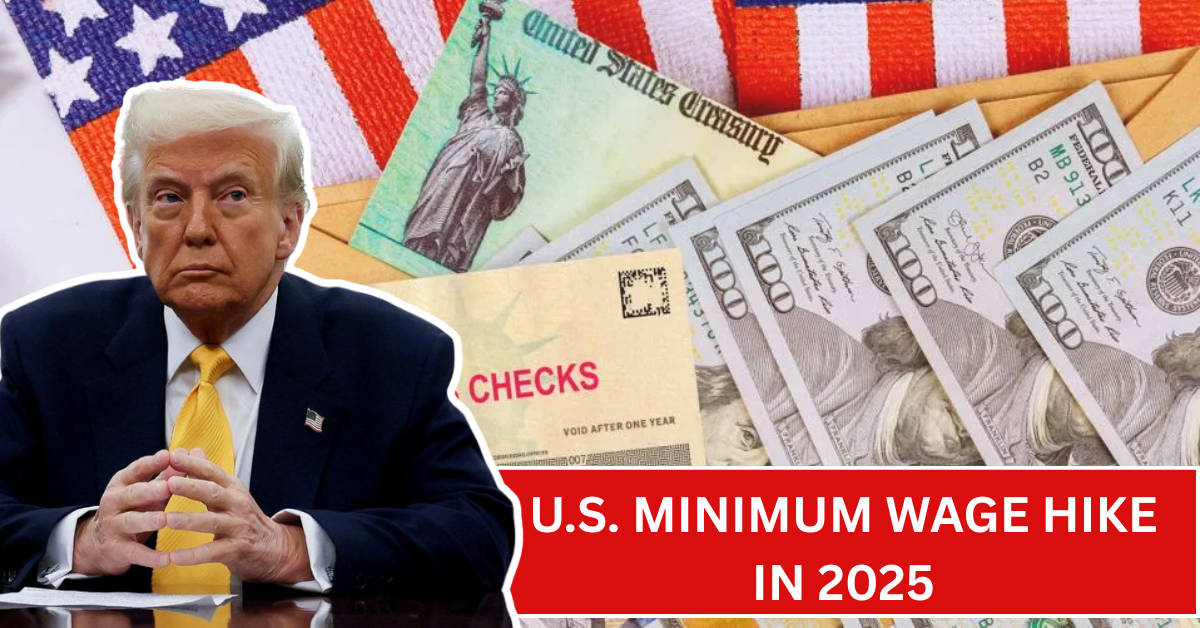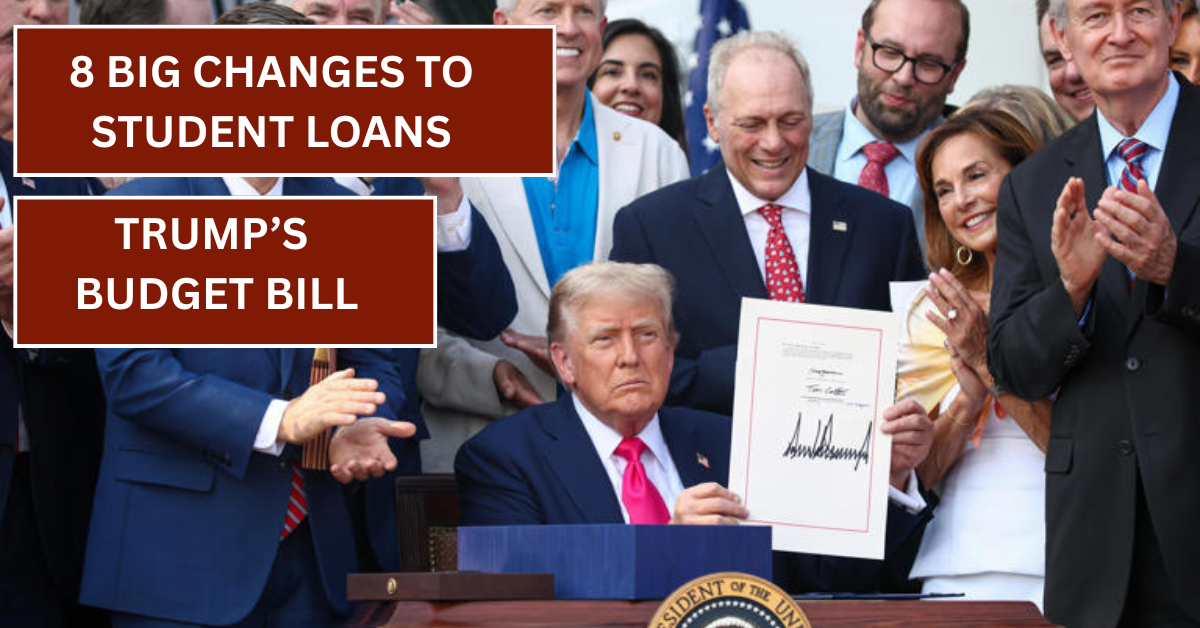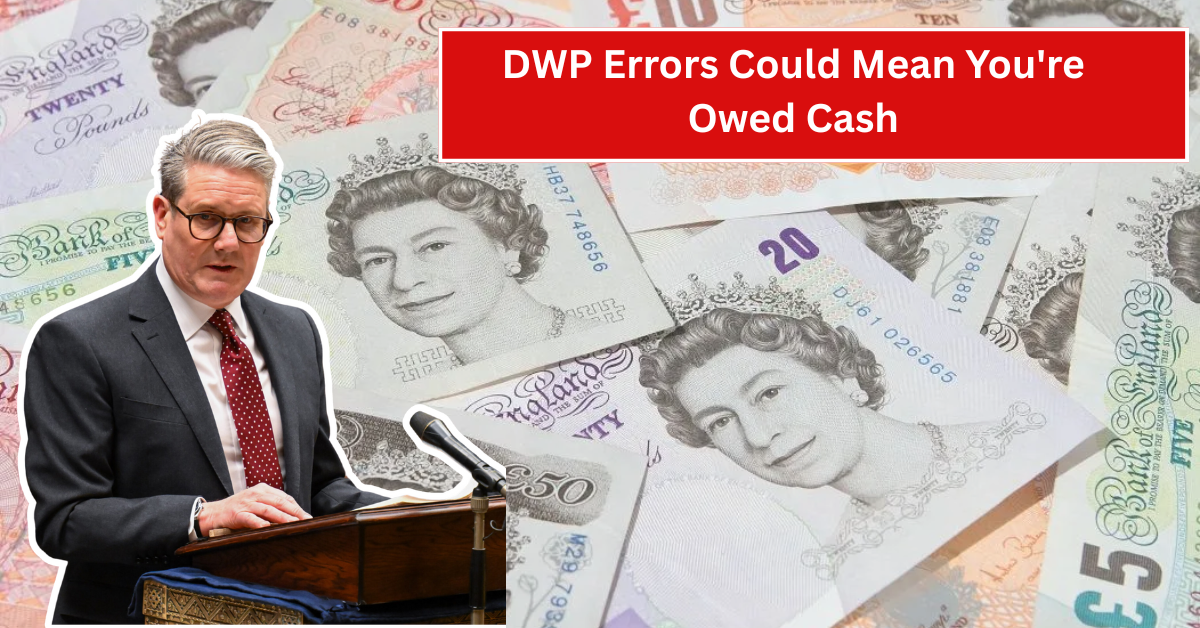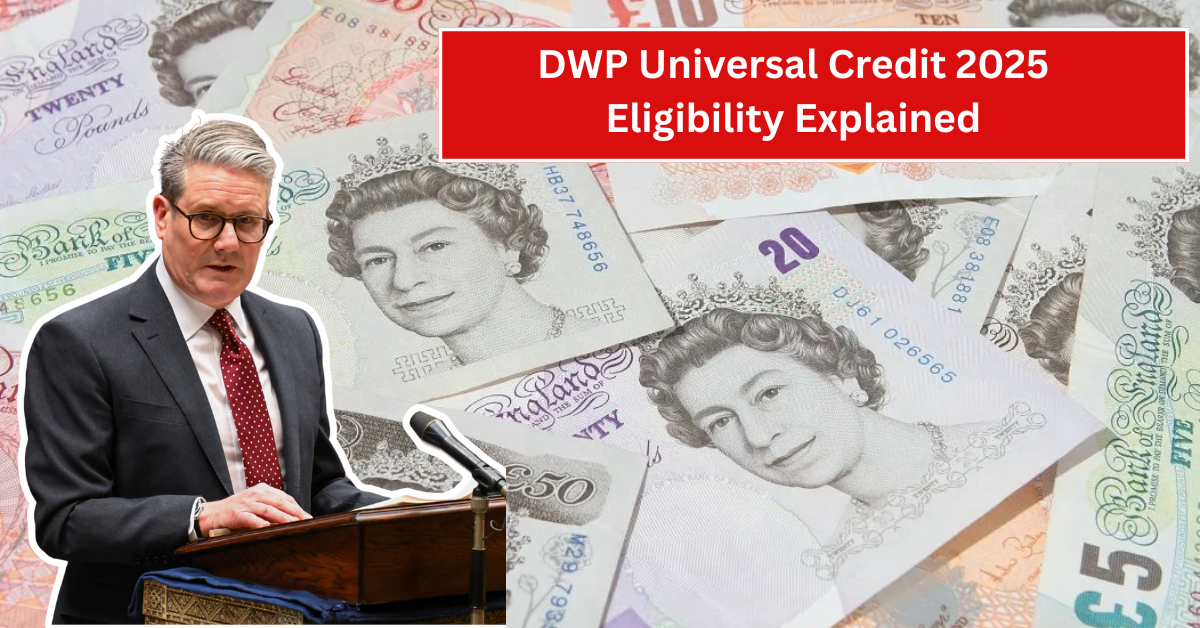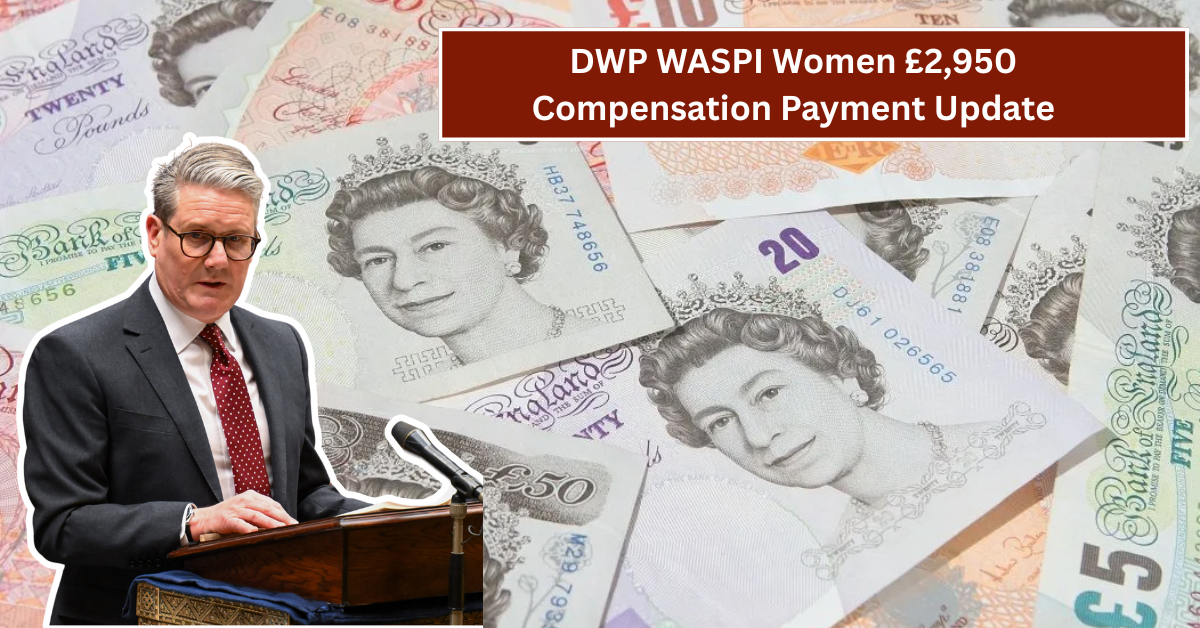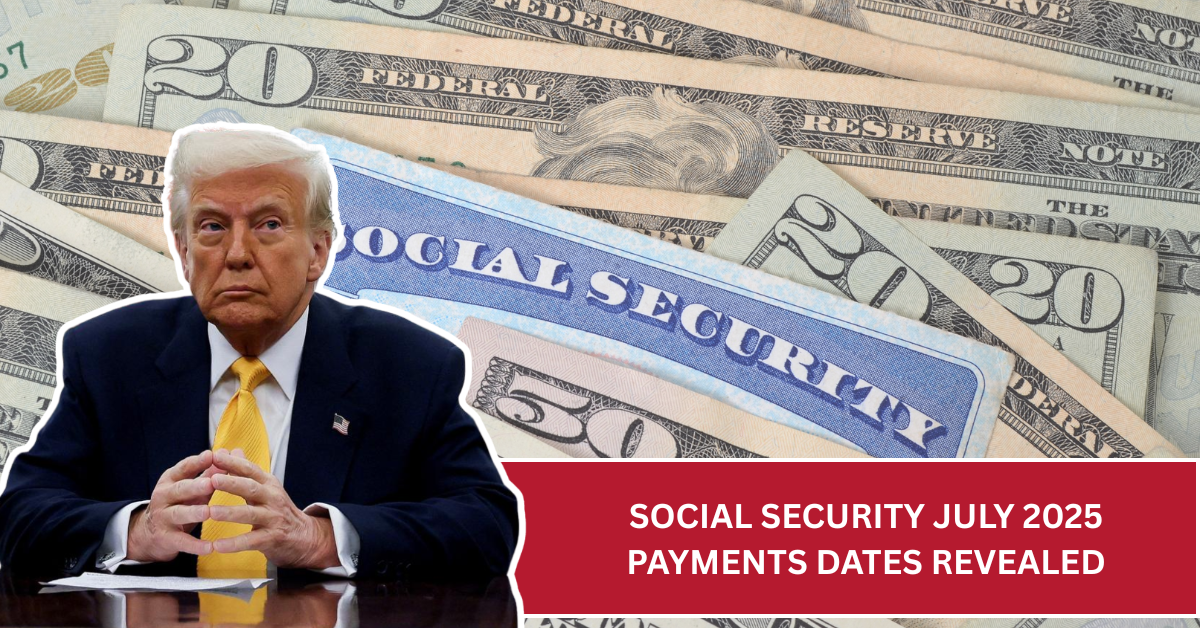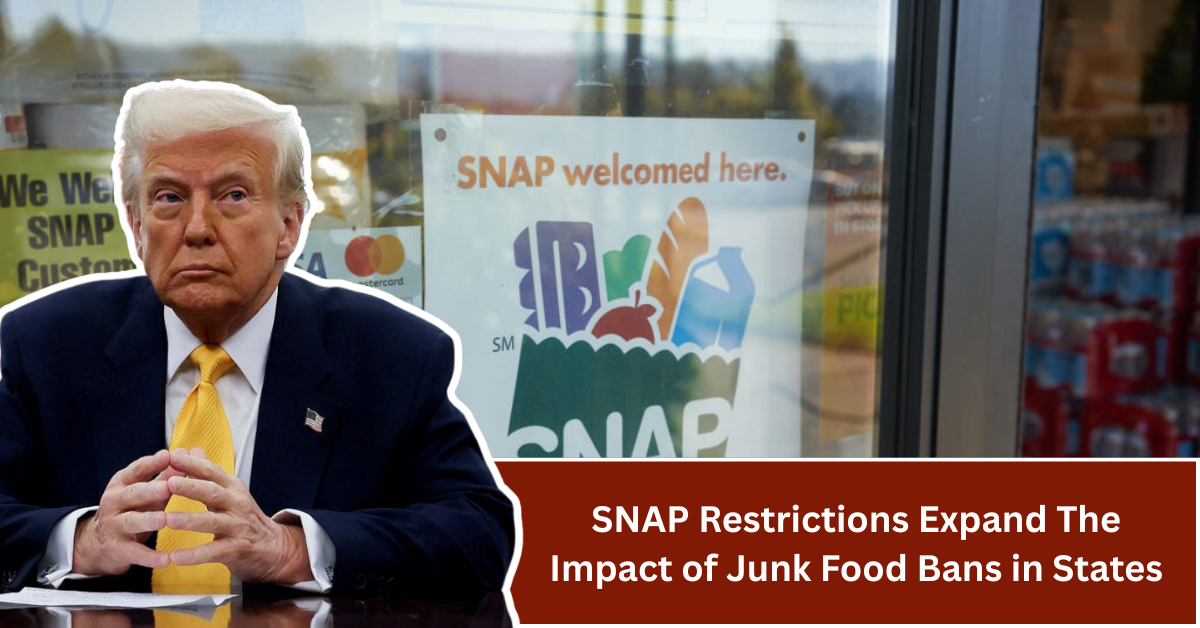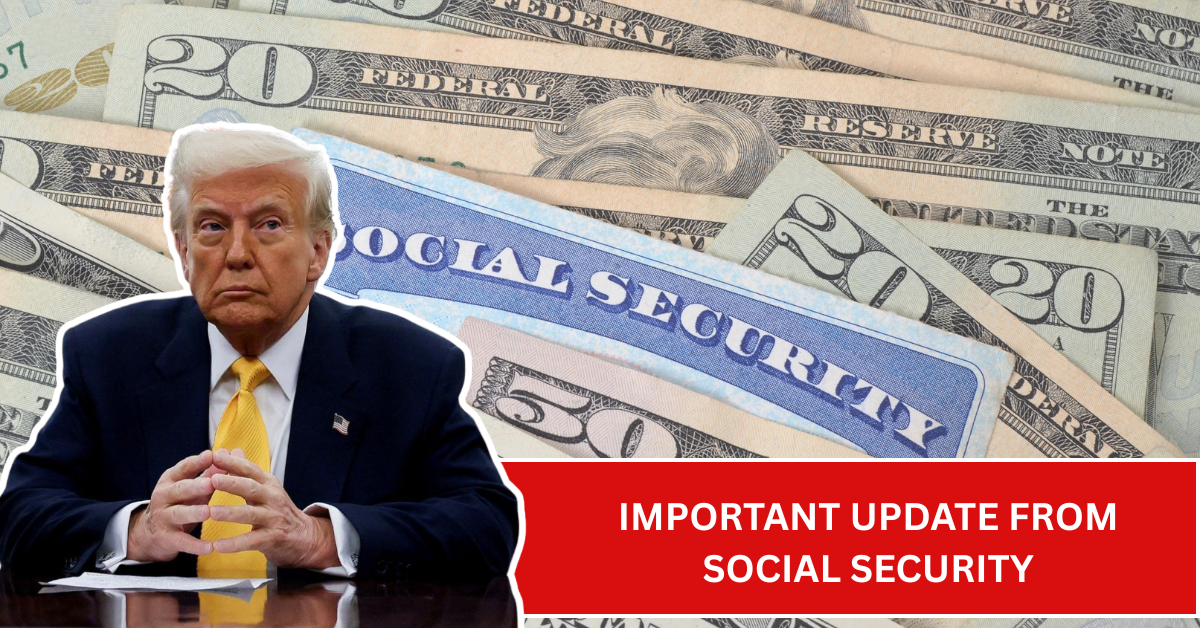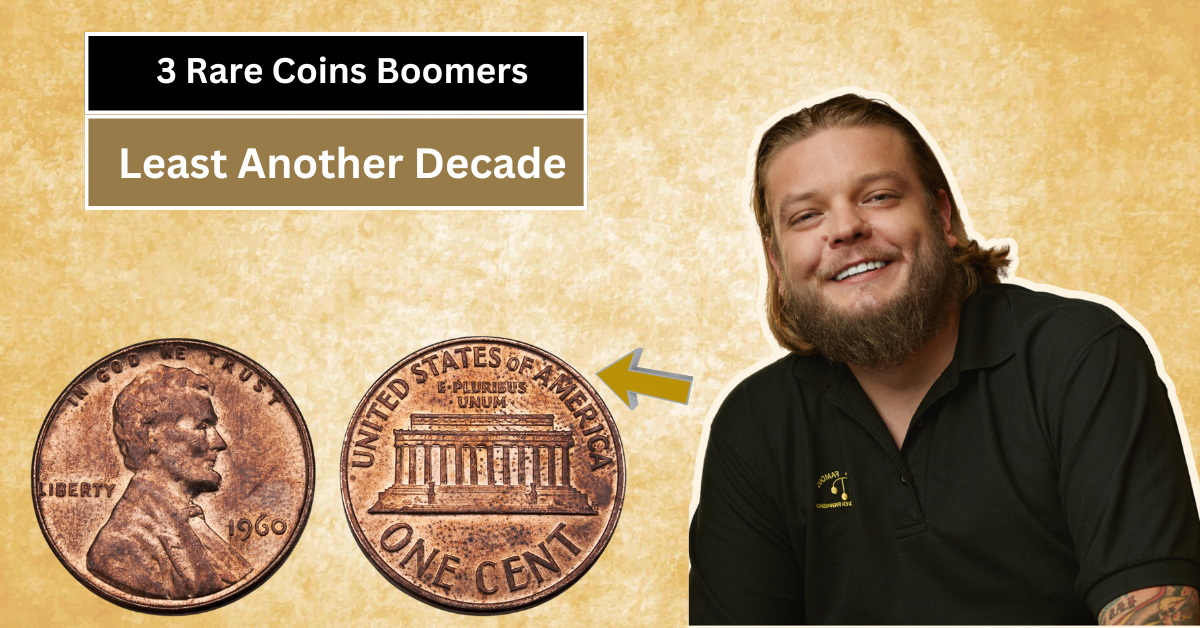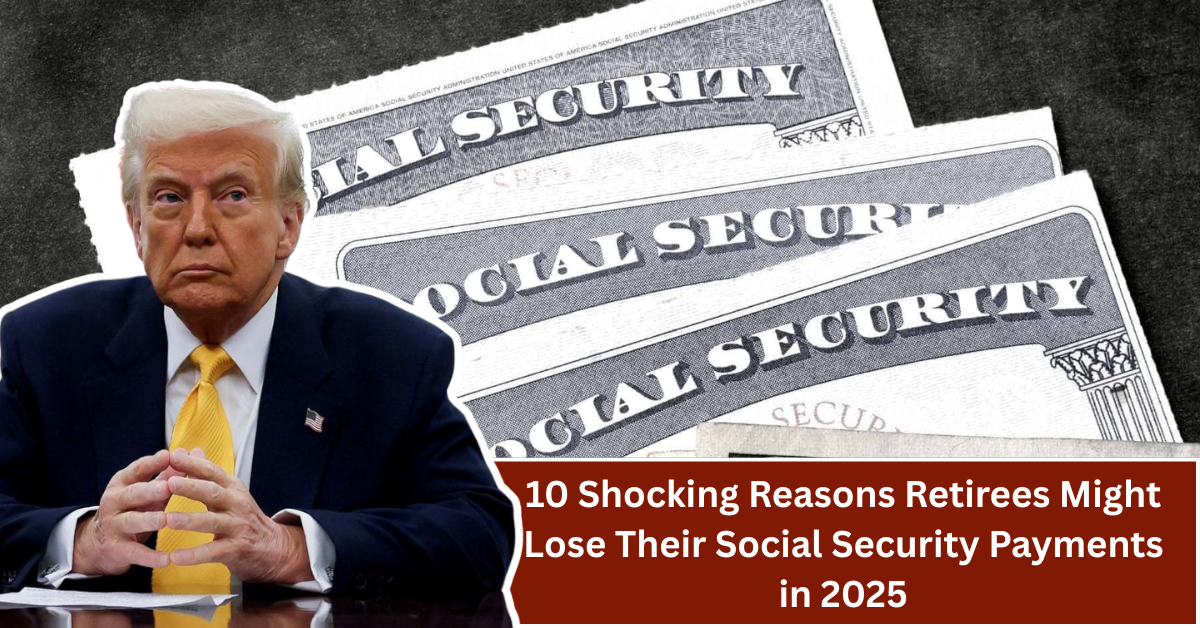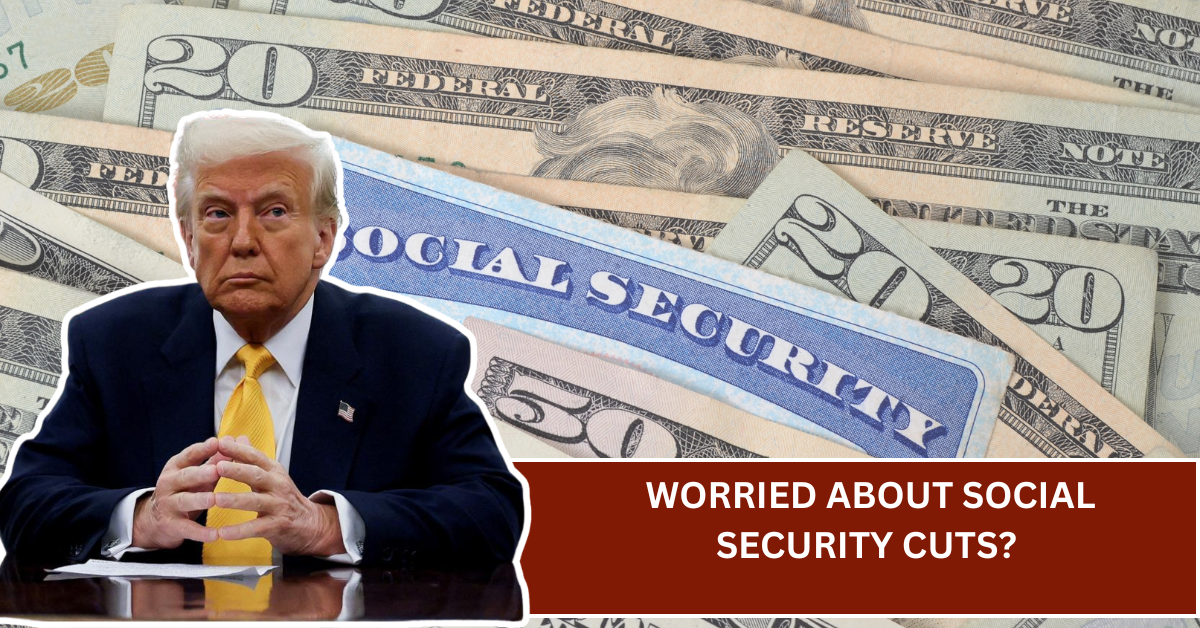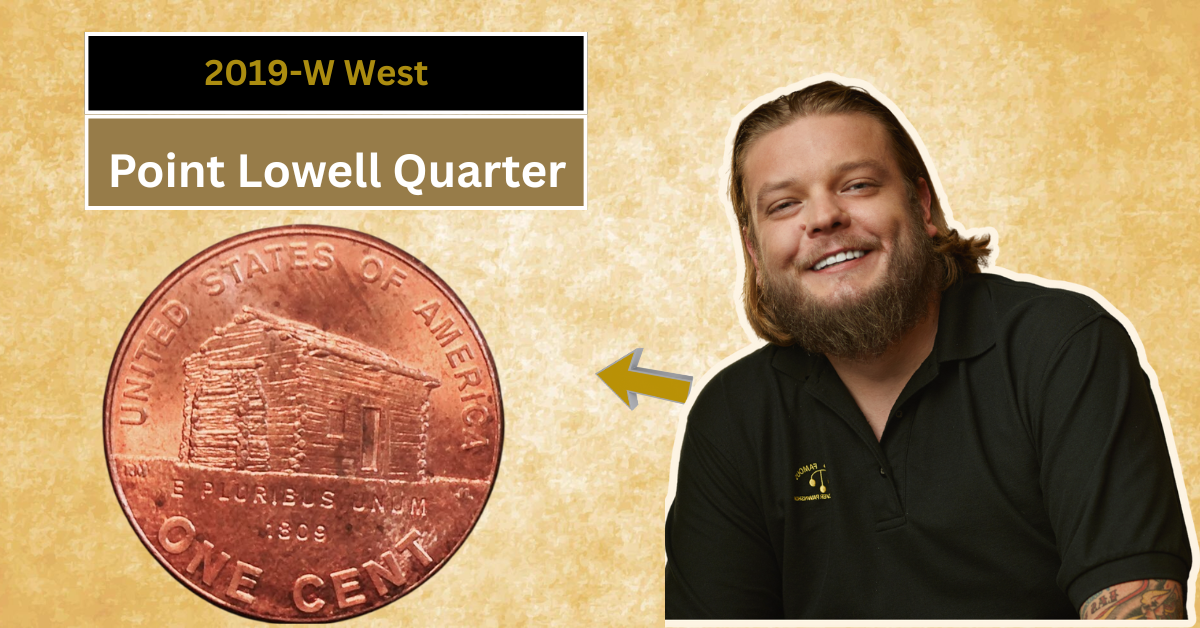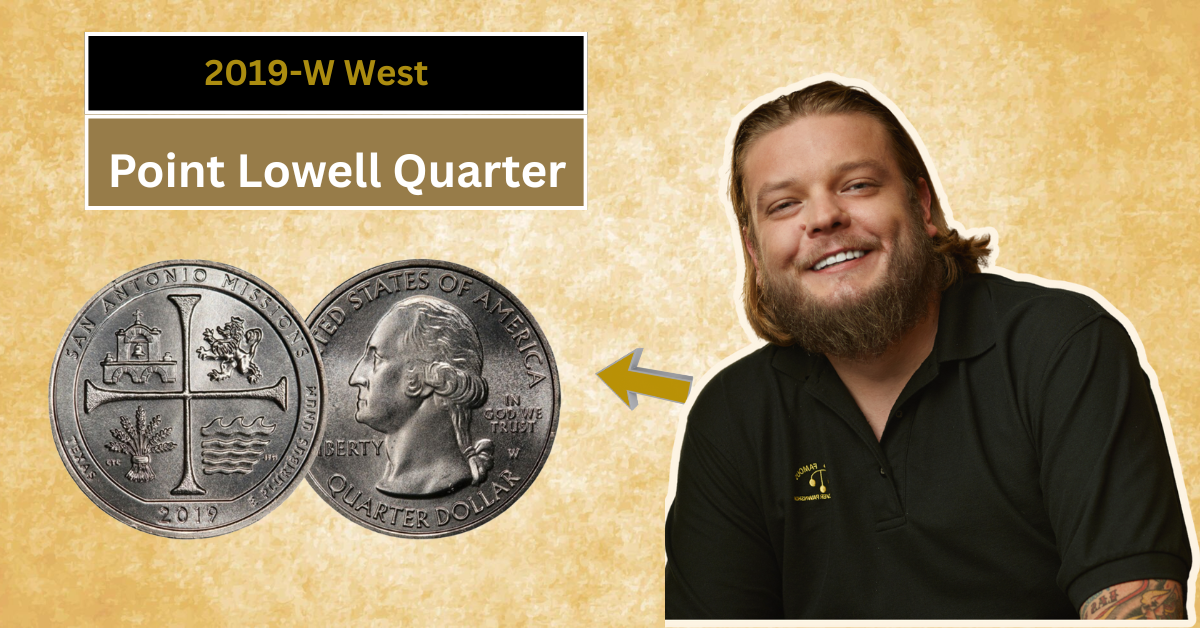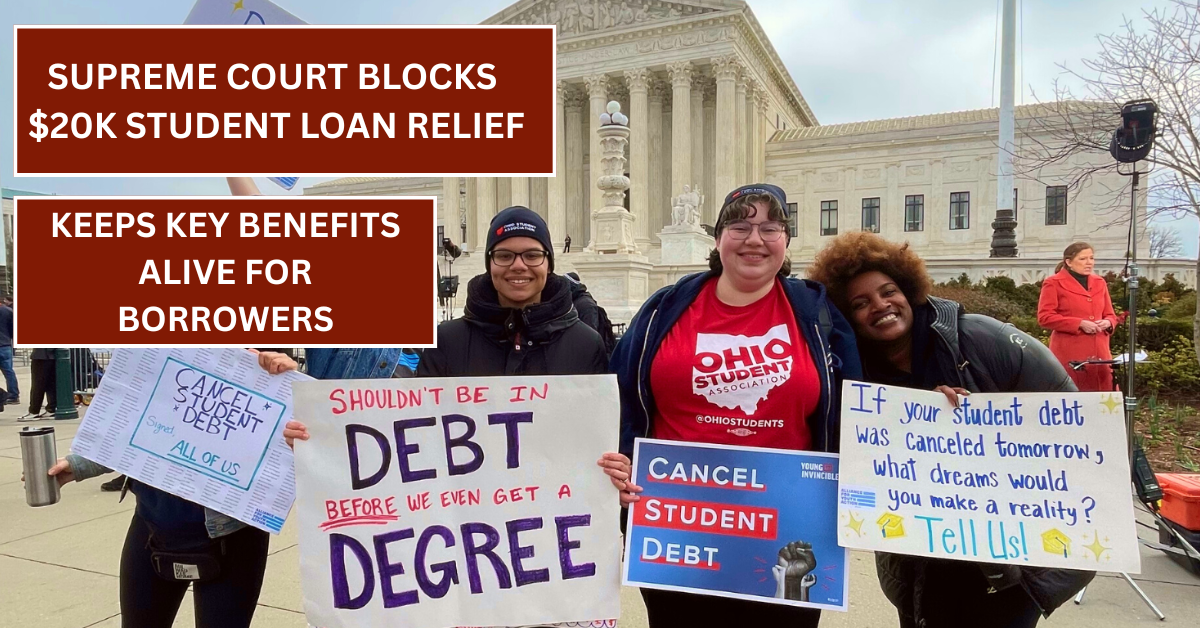
Many students and graduates in India and around the world have been closely watching recent changes in student loan policies, especially in the United States. A recent Supreme Court decision has created a buzz, with some relief programs now blocked but others still available to help borrowers manage their loan repayments. Understanding these changes is important for anyone dealing with student debt or planning their financial future.
In this article, we will explain the latest Supreme Court ruling in simple terms and discuss what it means for student loan borrowers. We will also highlight which benefits remain intact, including income-based waivers, disability discharges, and the new SAVE repayment plan with its 5% payment cap.
What Was the Supreme Court’s Decision?
This Article Includes
On a 6-3 vote, the Supreme Court ruled against a universal $20,000 debt relief plan that was supposed to help millions of student loan borrowers. This decision stops the government from offering broad loan forgiveness at this scale. However, the court did not completely remove all forms of student loan assistance.
The ruling mainly targets a blanket loan forgiveness program, but it does not affect income-based repayment options or special loan discharge programs for disabled individuals. This means while widespread debt cancellation is blocked, important support systems remain in place.
What Does This Mean for Borrowers?
If you were expecting a large, automatic loan cancellation like the $20,000 relief plan, that is no longer possible. Borrowers will need to continue managing their loans under existing rules. This might feel disappointing for many, especially those struggling with high student debt.
However, not all hope is lost. Borrowers who qualify through income-based repayment (IBR) or have disabilities can still access targeted waiver programs. These programs can adjust monthly payments and sometimes forgive remaining debt after certain conditions are met.
Income-Based Repayment Plans Stay Unchanged
Income-Based Repayment plans are designed to make loan payments more affordable by linking payments to your earnings. Under these plans, borrowers pay a percentage of their discretionary income instead of fixed amounts. The Supreme Court ruling leaves these plans untouched, meaning they continue helping borrowers with low or variable income.
One of the new updates in the repayment program is the SAVE plan. It caps monthly payments at just 5% of your income, making it easier for many borrowers to stay on top of their loans without financial stress. This is a positive development, especially for young graduates just starting their careers.
Disability Discharges Are Still Available
Another important benefit that remains after the ruling is disability discharge. Borrowers unable to work due to severe disabilities may qualify to have their federal student loans forgiven entirely. This helps provide relief for those facing serious health challenges.
The court’s decision did not change these rules, so eligible borrowers should apply for disability discharge if they meet the criteria. This program is critical in supporting students who can no longer repay loans due to physical or mental health conditions.
Why Did the Court Block the Universal $20,000 Relief?
The court argued that the government did not have the authority to cancel such a large amount of student debt without clear approval from Congress. This decision reflects concerns over the limits of executive power and the impact of widespread debt cancellation on the economy.
While some see this as a setback, others believe it promotes fairness by requiring lawmakers to take the lead on major financial decisions. In any case, this means big debt forgiveness plans will need legislative support rather than just executive action.
How Should Borrowers Respond Now?
Borrowers affected by this ruling should focus on understanding their current repayment options. Reviewing income-based plans and ensuring you are enrolled in the program that best suits your financial situation is essential. The SAVE plan, with its low payment cap, is worth exploring.
If you have a disability, make sure to check eligibility for discharge programs. Also, keep an eye on news from your loan servicer for updates on any future changes that might help you.
Conclusion
The Supreme Court’s 6-3 decision blocking universal $20,000 student loan relief marks a major change in how student debt will be managed, but important protections remain in place. Income-based repayment plans, disability discharges, and the new SAVE plan’s payment cap continue to offer support to borrowers.
For young graduates and students with loans, staying informed and proactive will be key to navigating this evolving landscape. Make sure to explore all available options to manage your student debt effectively while planning for a secure financial future.




